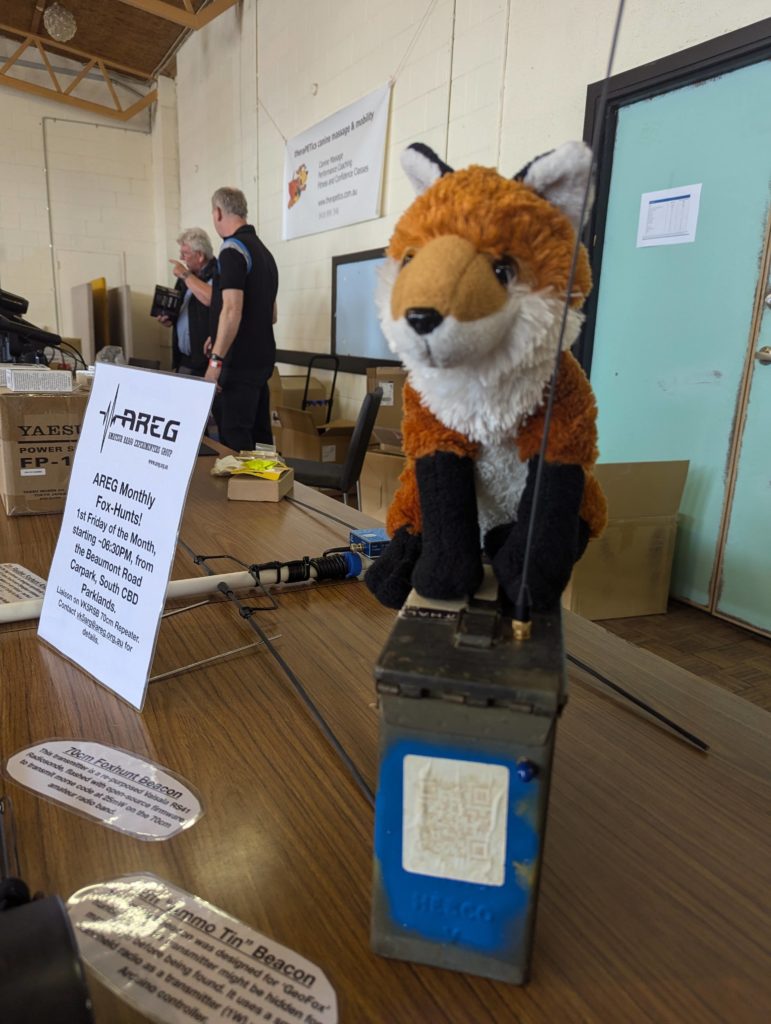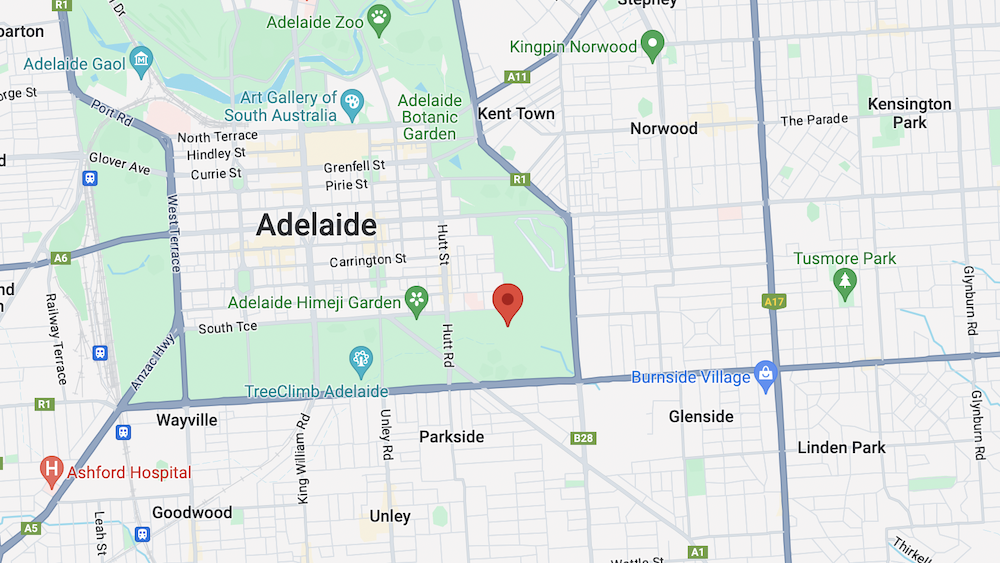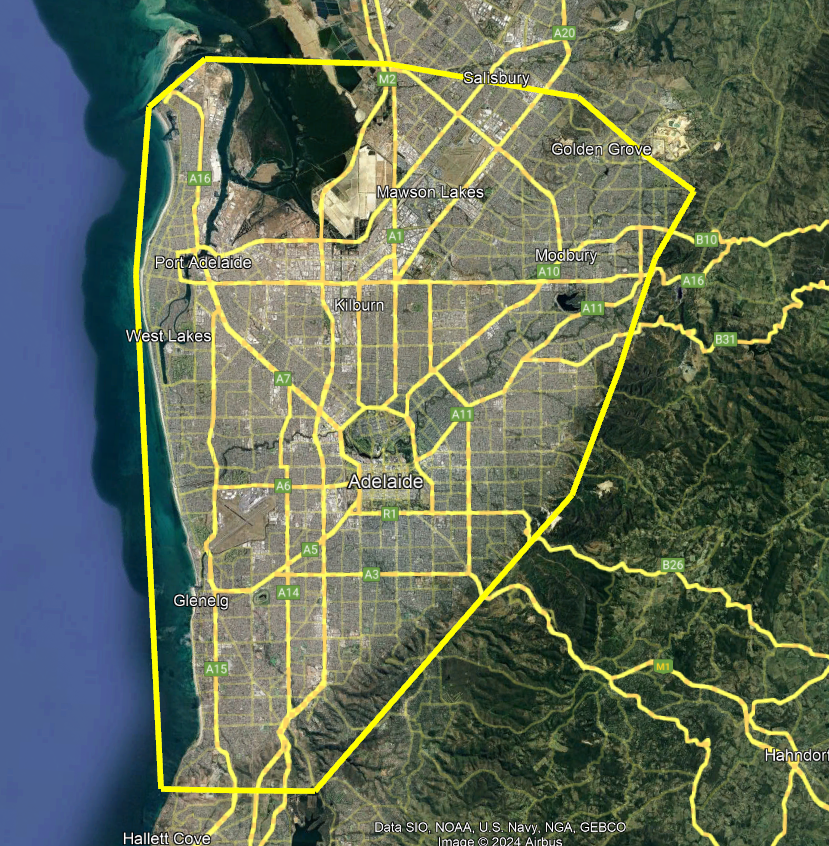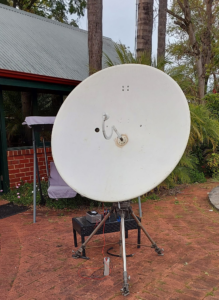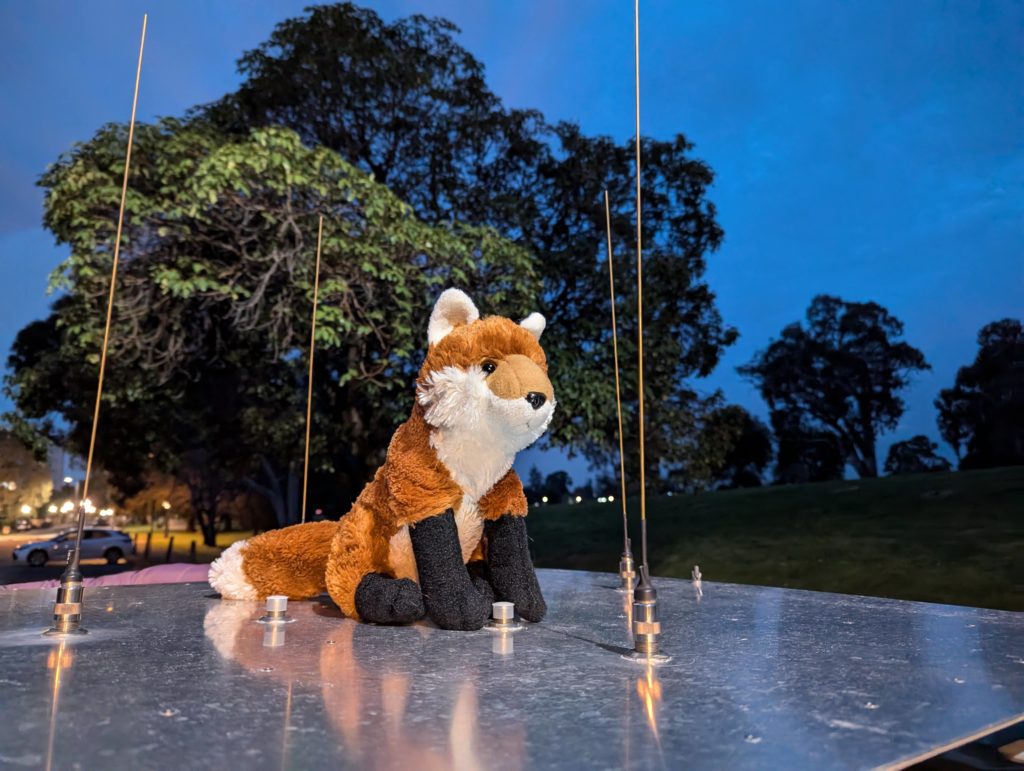A huge thanks to everyone that supported the AREG 2024 Radio & Electronics Sale!
We will be back in 2025 on Sunday the 26th of October!
In no particular order, we’d like to thank:
- All of our volunteers helping setup, pack up, and run the event throughout the day
- Our door prize sponsor, TET-Emtron
- Our raffle prize sponsors, HF Radio Solutions, and VK Radio
- Our commercial retailers VK Radio, KernWi-Fi, and (at the last minute) QSL Comms
- Nik VK3BA, Iain VK5ZD and David VK5KK for organising and running microwave and EME demos
- Dogs SA, for providing a great venue, and also running the canteen, BBQ and bar throughout the day
- All the sellers that supported the event by turning up and selling their wares
- …. and everyone that attended!
Congratulations to Andrew VK5ARP, the winner of our raffle 1st prize, which was a Codan 9350 Auto-Tuner antenna provided by HF Radio Solutions.
We’ll be back again next year, on Sunday the 26th of October 2025!
73
Mark VK5QI








